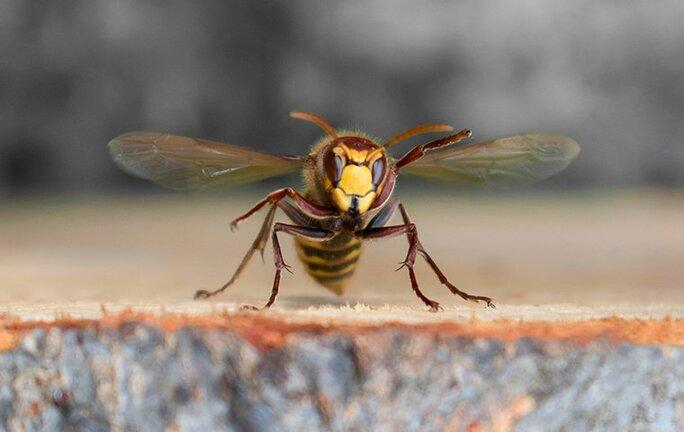Wasps
Vespula vulgaris, another name for the wasp, is endemic to the Northern Hemisphere but has spread to temperate regions of the Southern Hemisphere, including New Zealand. In this category, there are many various sizes. Because they are so tiny, certain parasitic wasps can grow into adults within the eggs of other insects. Others are above 3 cm long, powerful predators. All have teeth for chewing, and adults have a tenuous relationship between their final two bodily parts (the abdomen and the thorax). As adults, all have four distinct wings, with the front pair being bigger than the rear pair (queen and male ants also have wings, but they only develop them briefly). Ants frequently have a permanent bend in their antennae whereas bees and wasps have straight antennae.
These insects have a reputation for consuming many different types of insects and may bite people quite painfully. The larvae of this ant predator initially adhere to ants and feed on them. These larvae will use their aroma to pass for ants, much as the caterpillars we discussed. When the larvae are fully developed, these wasps feed on baby ants before taking flight in search of larger food. There is a virtually limited likelihood of surviving in an ant colony attacked by wasps.











